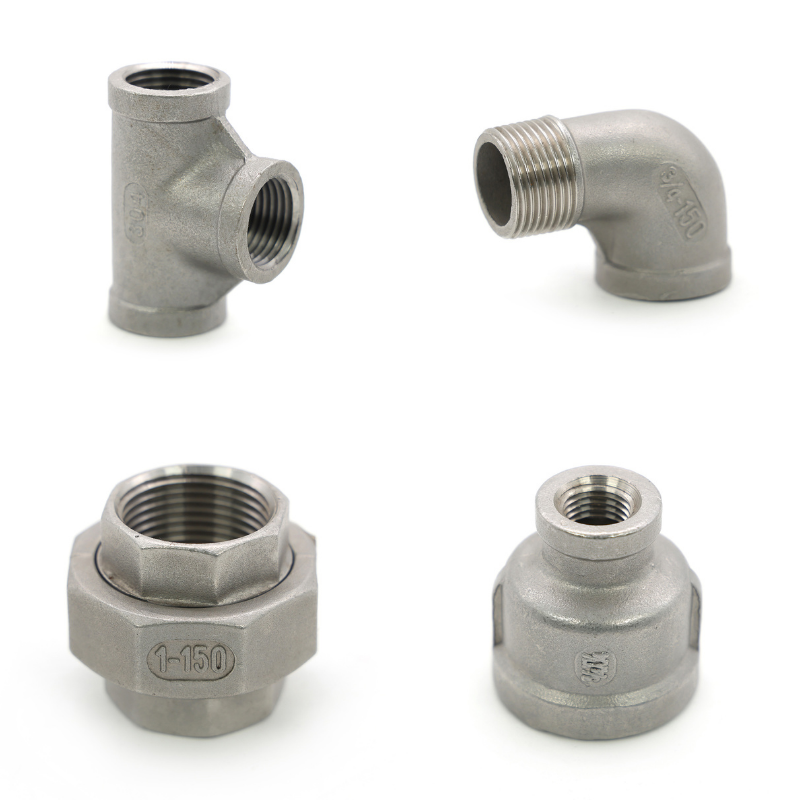Stainless Steel Pipe Fittings: A Overview for Types, Application, and Benefits
The following are common types:
Elbows
According to alter pipeline direction, available in 22.5°, 45°, 90°, and other angles. Ideal for navigating around obstacles or optimizing space.
Tees
T-shaped connectors that merge three pipes, commonly used for splitting or combining flows in gas and liquid systems.
Unions
Enable easy disassembly for maintenance, featuring a two-part design for quick repairs.
Crosse
Join four pipes in a cross configuration, often utilized in complex distribution networks like fire sprinkler systems.
Caps and Plugs
Seal pipe ends to prevent leaks or contamination, critical in systems requiring periodic cleaning or inspection.

Benefits of Stainless Steel
Corrosion Resistance
Chromium content (10.5%+) forms a passive oxide layer, resisting rust and chemical attack—even in marine or acidic environments.
Durability Under Pressure
It Can withstands extreme temperatures and pressures
Cost Efficiency
Minimal maintenance and replacement needs offset initial costs, delivering superior lifecycle value.
Specific Applications
Stainless steel fittings serve critical roles across sectors:
Oil & Gas: Resists sour gas (H₂S) and high salinity in offshore rigs and pipelines, ensuring safety and longevity.
Chemical Processing: Handles aggressive acids and solvents without degradation, crucial for reactors and transfer lines.
Water Treatment: Immune to chlorine-induced corrosion in desalination plants and wastewater systems.
What’s the Difference of 304 and 316
Grade 304: With18% chromium and 8% nickel, using it is a cost-effective option.
Grade 316: Adds 2-3% molybdenum, boosting resistance to chlorides and acids. Preferred for marine, chemical, and pharmaceutical applications.
Qingdaoluido provides stainless steel pipe fittings and can produce the size you need. If you need it, please contact us.

